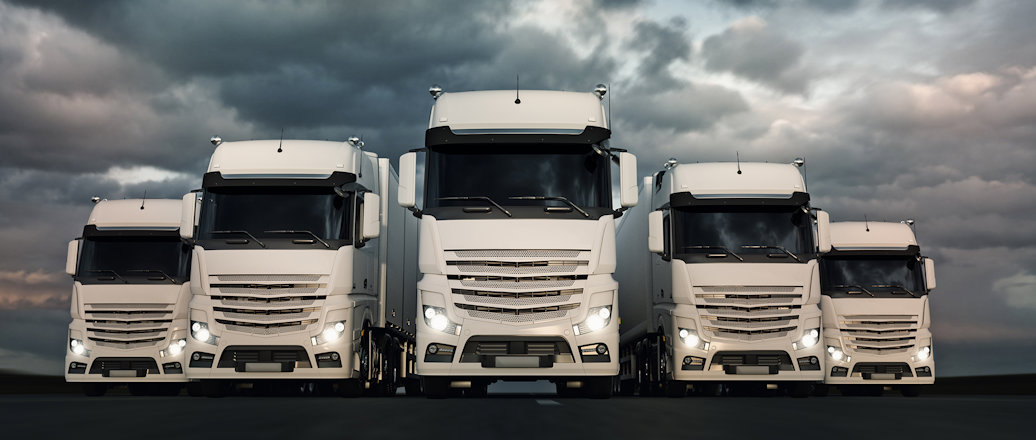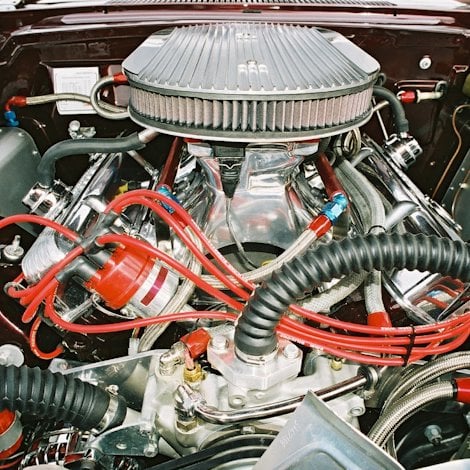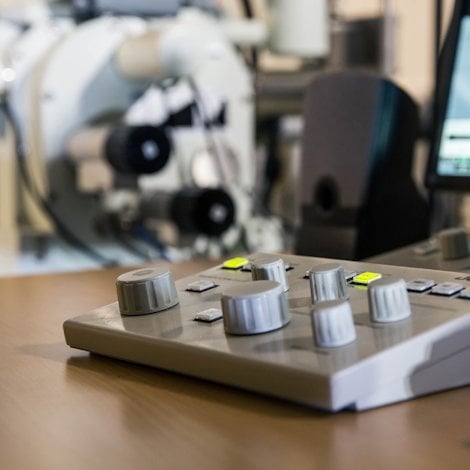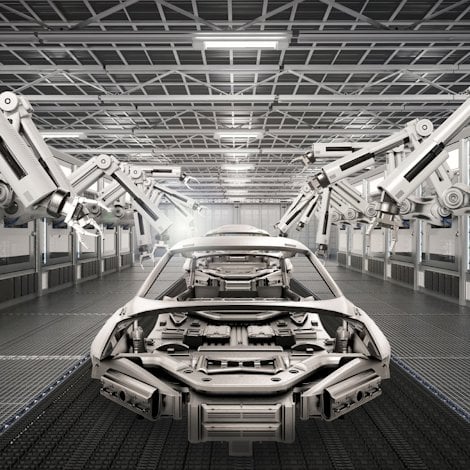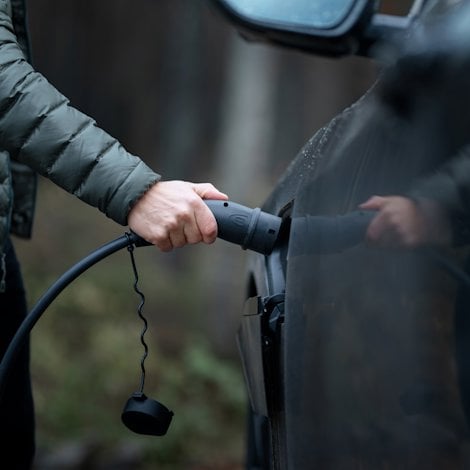Improving freight efficiency by lightweighting heavy trucks
The global demand for transport is expected to double by 2050, according to the International Energy Agency. To meet this demand, road transport needs better solutions for freight efficiency. Lightweighting is part of the solution.
In the United States, the light vehicle market has had corporate average fuel economy (CAFE) standards for more than 40 years. These CAFE standards have changed the way original equipment manufacturers (OEMs) are building their vehicles. They are making them lighter. They are using more aluminium to make their cars safer, to improve fuel efficiency and to reduce greenhouse gas emissions.
The medium and heavy-truck segment does not have to meet the same targets. It has no CAFE standards to meet. Consequently, this market is probably 10 years behind the automotive segment in terms of lightweighting and aluminium use.
But the motivational drivers are different in the heavy truck market. While fuel efficiency is key for passenger vehicles, the main driver in this market is freight efficiency. It is about increasing payload, meaning how much freight you can move for the same amount of fuel.
Lightweighting is one of the ways this can be achieved.
Aluminium can improve freight efficiency
Fleet owners are trying to increase the amount of freight that their trucks can move, and they want to reduce the number of truck journeys required for their fleet’s operations.
With aluminium lightweighting, we can say that for every pound we take out of the truck, we can add a pound of freight. And at the end of the day, customers mindful of carbon footprint would prefer to give business to fleet owners who can haul more per trip, rather than putting more trucks on the road.
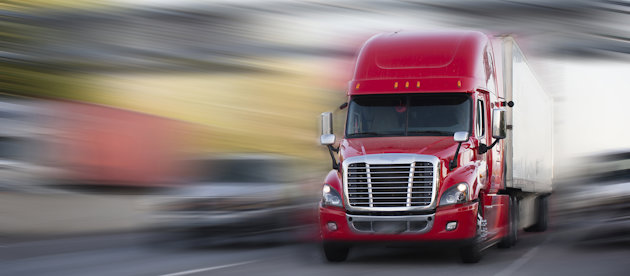
Lightweighting applications in heavy trucks
One way to make heavy trucks lighter is improved design. This could mean reducing the number of components by designing new ones that combine the functions of the previous ones. Extruded aluminium frame rails are a good example of this.
Extruded aluminium solutions are used in heavy trucks mainly in the chassis area. However, we are seeing more and more lightweighting in powertrain, interior and exterior applications.
Here are some examples:
- Chassis: Front and rear underrun protection, floor reinforcements
- Interior: Bed support, tables
- Exterior: Side protection, rail assemblies, fan rings, decorative parts
- Powertrain: ECU coolers, manifolds
I would like to add that friction stir welding is one of the technologies that we are using to develop new extrusion-based aluminium solutions for heavy trucks and trailers.
Lightweighting in trailer segment
The trailer segment is another that could benefit from using more aluminium, and the good news is that most trailer OEMs are already big fans of aluminium. They like the looks of it and aluminium, by nature, cures one of their biggest headaches, which is corrosion. Keep a close eye on the truck and trailer industry in the future, because it is getting lighter, too.

